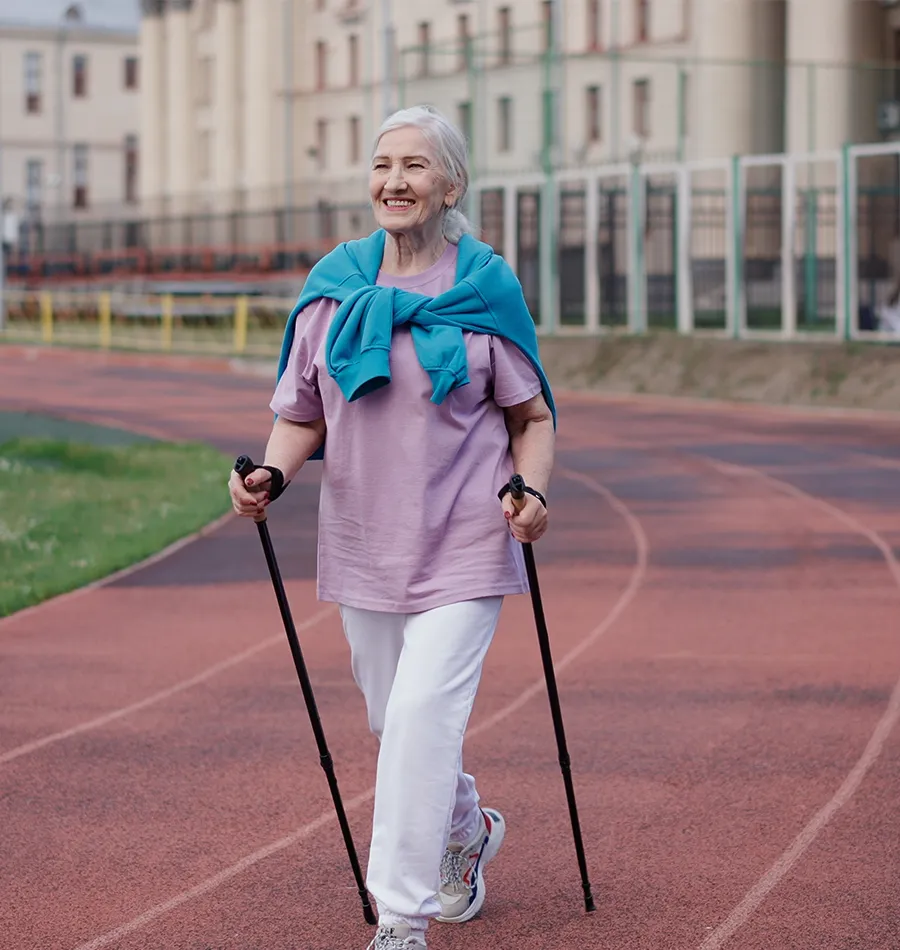Exercises to Reduce Weight and Stay Strong During Premenopause
Premenopause, the transitional period before menopause, brings changes that can affect weight, metabolism, and muscle mass. Exercise plays a crucial role in counteracting these changes, helping women maintain a healthy weight and stay strong. Below are key types of exercise that support weight loss and muscle strength during this phase, backed by research:






